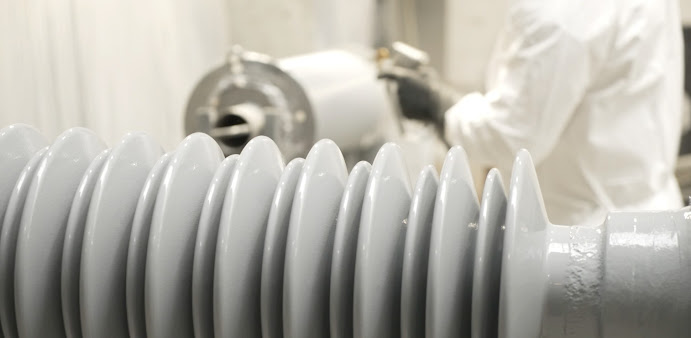How To Avoid Corrosion On Electrical Assets
Are you tired of witnessing the relentless damage caused by corrosion on your valuable electrical assets? The battle against rust not only drains your finances but also jeopardizes wildlife and asset protection. It's time to take charge and implement effective strategies to avoid corrosion on your electrical assets. In this listicle, we will unveil five powerful techniques that will not only save you money but also contribute to wildlife and asset protection.
Conduct Regular Inspections: The Key to Early Detection
Regular inspections act as the first line of defense against corrosion on your electrical assets. By conducting frequent visual inspections, utilizing specialized equipment, and performing comprehensive assessments, you can swiftly identify any signs of corrosion. Remember, early detection is crucial in preventing further damage and minimizing repair costs. Take a proactive approach and ensure you inspect your electrical assets frequently to catch corrosion in its early stages.
Apply Protective Coatings: A Shield against Rust
Protective coatings serve as a formidable shield, providing excellent resistance against corrosion on electrical assets. Consider using high-quality epoxy coatings specially designed to withstand chemicals, moisture, and UV radiation. These coatings act as a barrier between the metal and the elements, preventing rust from taking hold. Embrace the power of protective coatings to safeguard your electrical assets from corrosion.
Embrace Cathodic Protection: Harnessing Scientific Solutions
Cathodic protection is a scientifically proven technique to combat corrosion on electrical assets. By employing sacrificial anodes or impressed current systems, you can divert corrosion away from your equipment. Sacrificial anodes corrode sacrificially, bearing the brunt of the damage while preserving the integrity of your assets. This technique has been successfully implemented in offshore structures and underground pipelines, showcasing its effectiveness. Harness the power of cathodic protection to divert corrosion away from your electrical assets.
Ensure Adequate Drainage: Keep Moisture at Bay
Moisture is a notorious catalyst for corrosion, particularly in regions with high humidity or frequent rainfall. Preventing moisture build-up is essential to combat corrosion on electrical assets. Make sure your assets have effective drainage systems to channel away excess water. Regularly clean and maintain these drainage paths to ensure their optimal functioning. Remember, even the tiniest accumulation of moisture can lead to severe corrosion damage. Stay vigilant and pay attention to the drainage systems surrounding your electrical assets.
Protect Wildlife and Your Assets: A Dual Responsibility
In our quest to prevent corrosion on electrical assets, it's crucial to address the risks posed to wildlife. Structures such as transmission towers can inadvertently become threats to birds and other wildlife. Implementing bird deterrents like spikes or nets not only protects these creatures but also prevents corrosion caused by their droppings. Additionally, proper grounding and insulation on electrical lines reduce the likelihood of animal-related corrosion incidents. Embrace the dual responsibility of wildlife and asset protection to mitigate the risks of corrosion.
Conclusion
Corrosion on electrical assets is a battle that can be won by implementing proactive strategies and adopting a preventive mindset. Regular inspections, protective coatings, cathodic protection, adequate drainage, and wildlife protection are all powerful tools in your fight against corrosion. Remember, safeguarding your electrical assets not only saves you money but also contributes to wildlife and asset protection. Embrace these strategies today and witness the long-lasting benefits of corrosion prevention.


Comments
Post a Comment